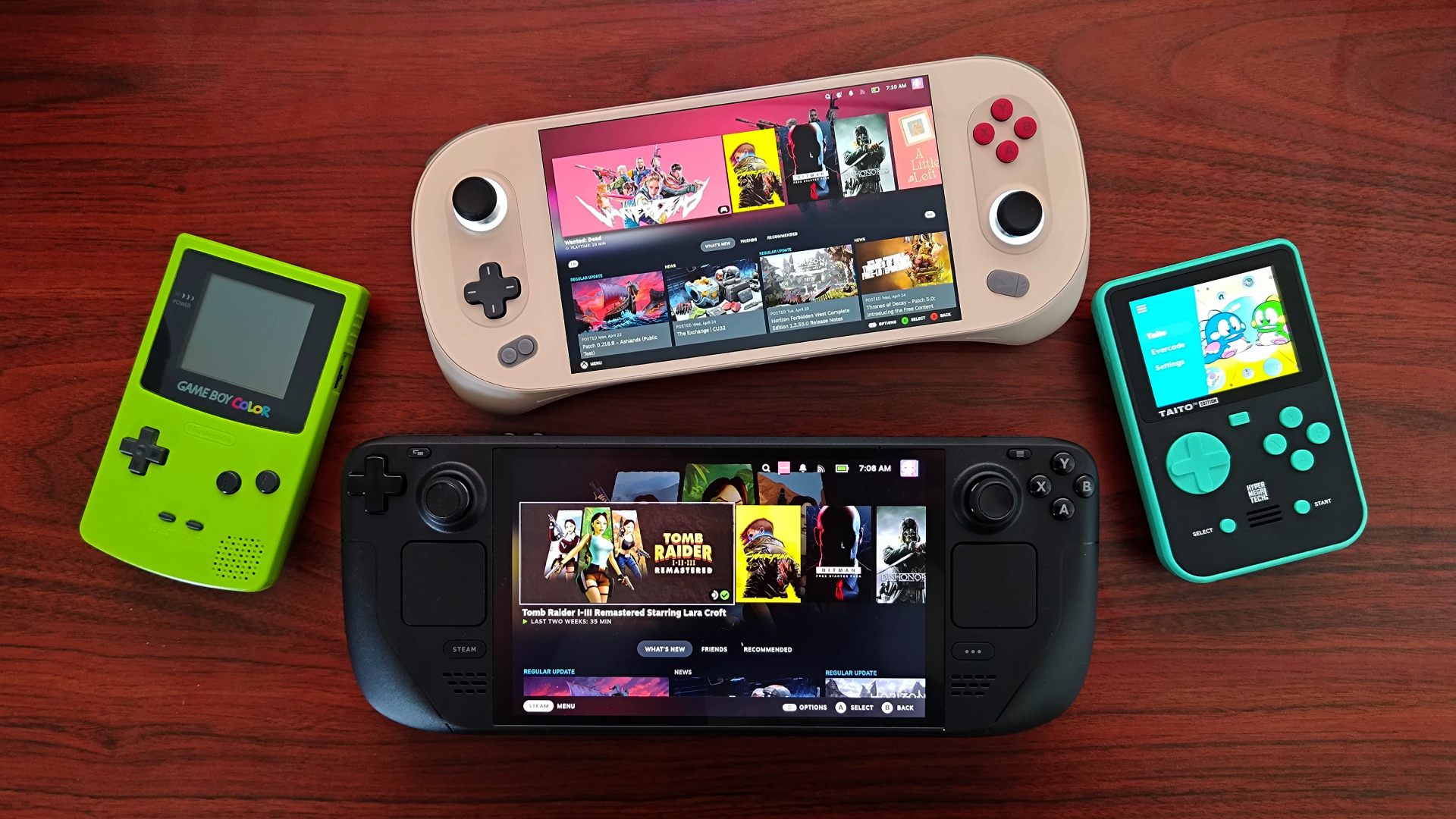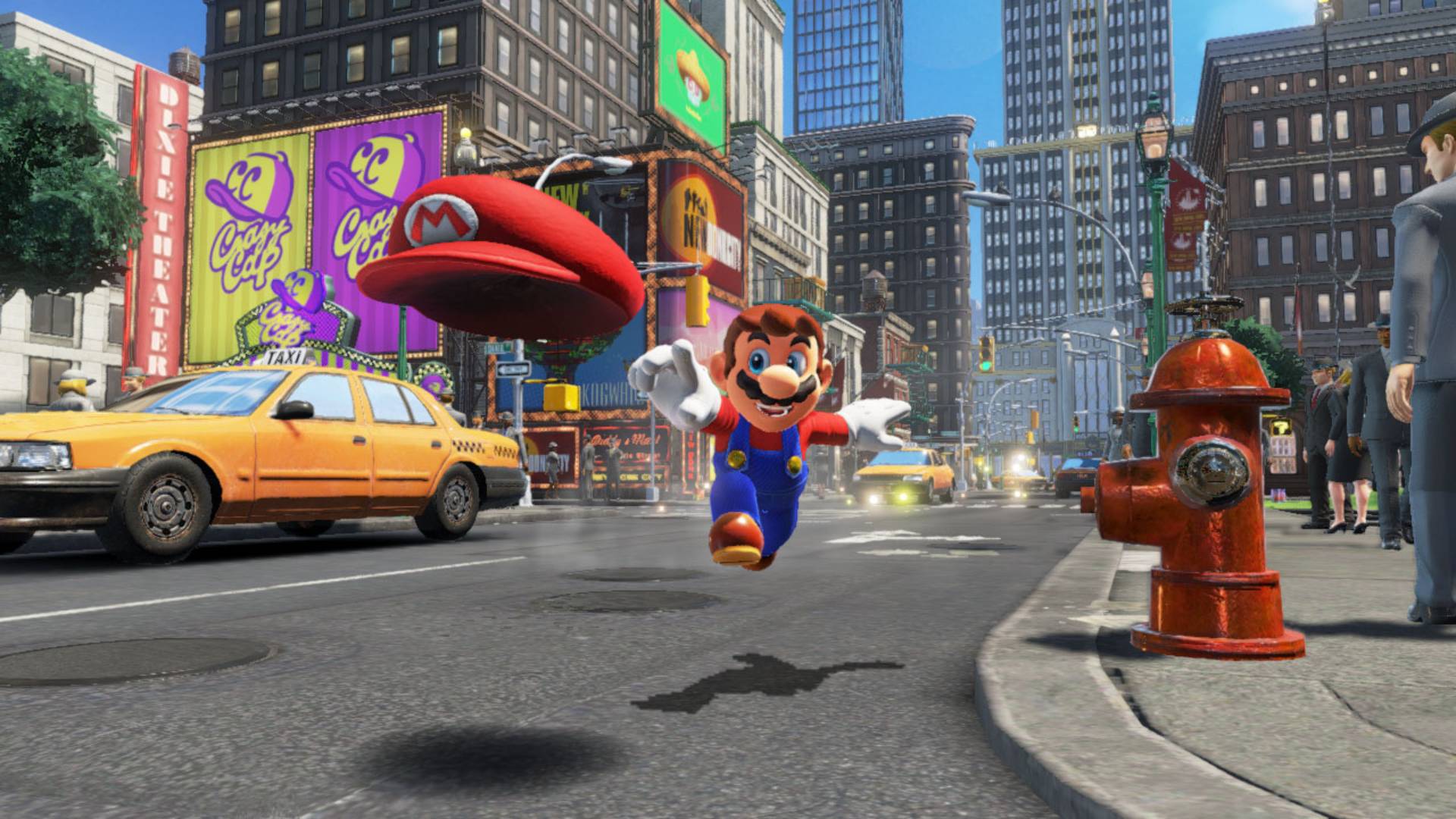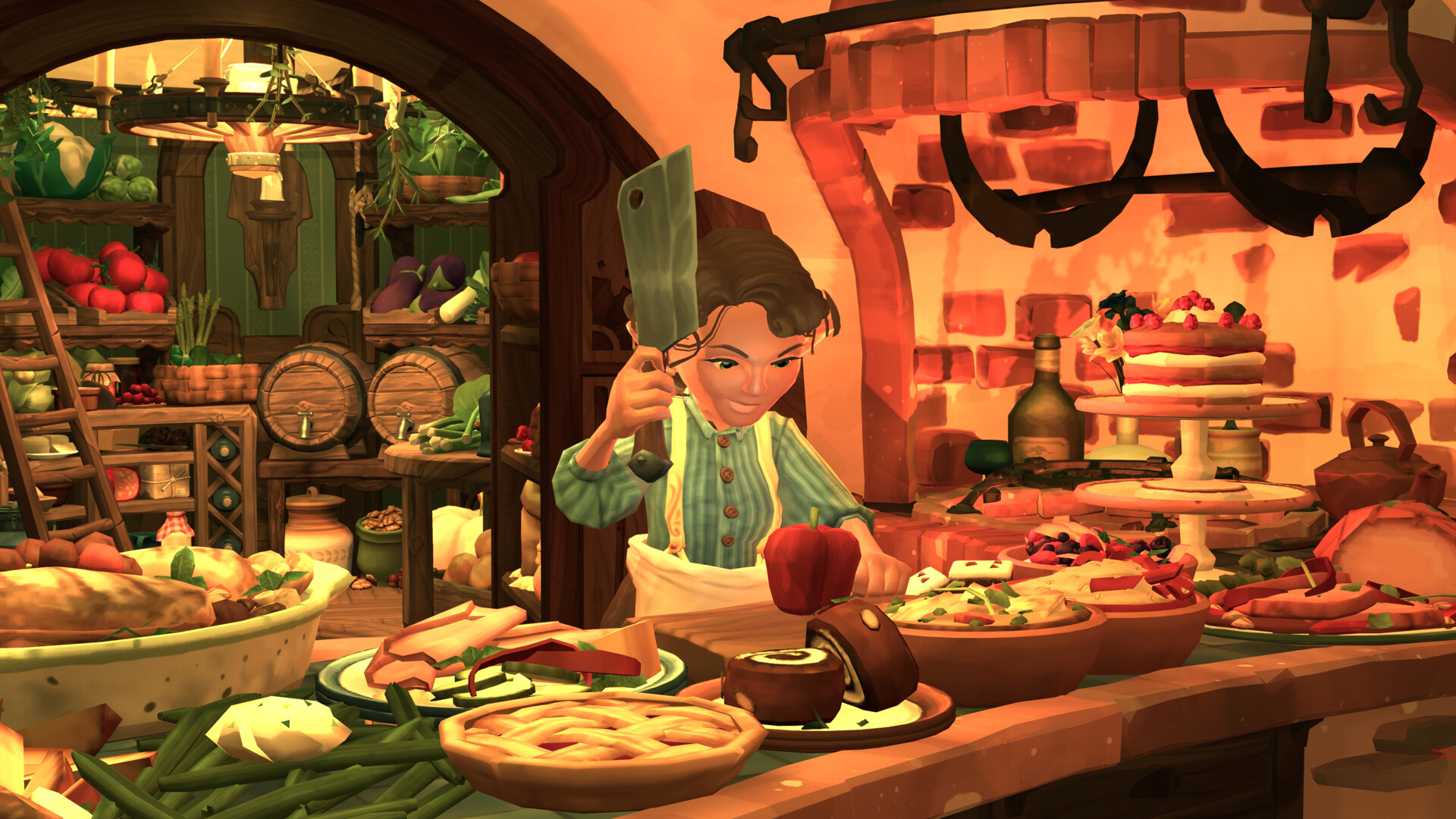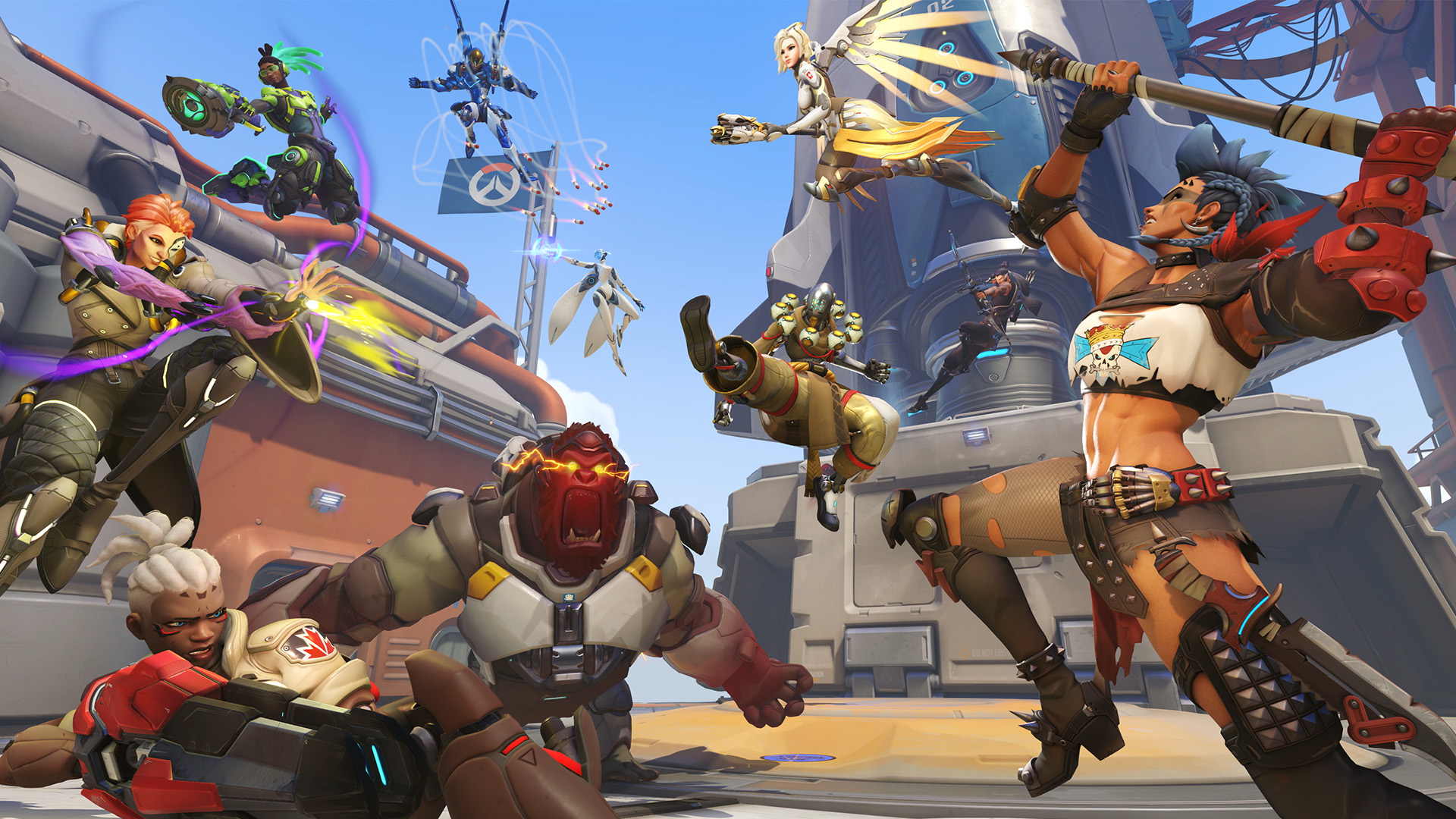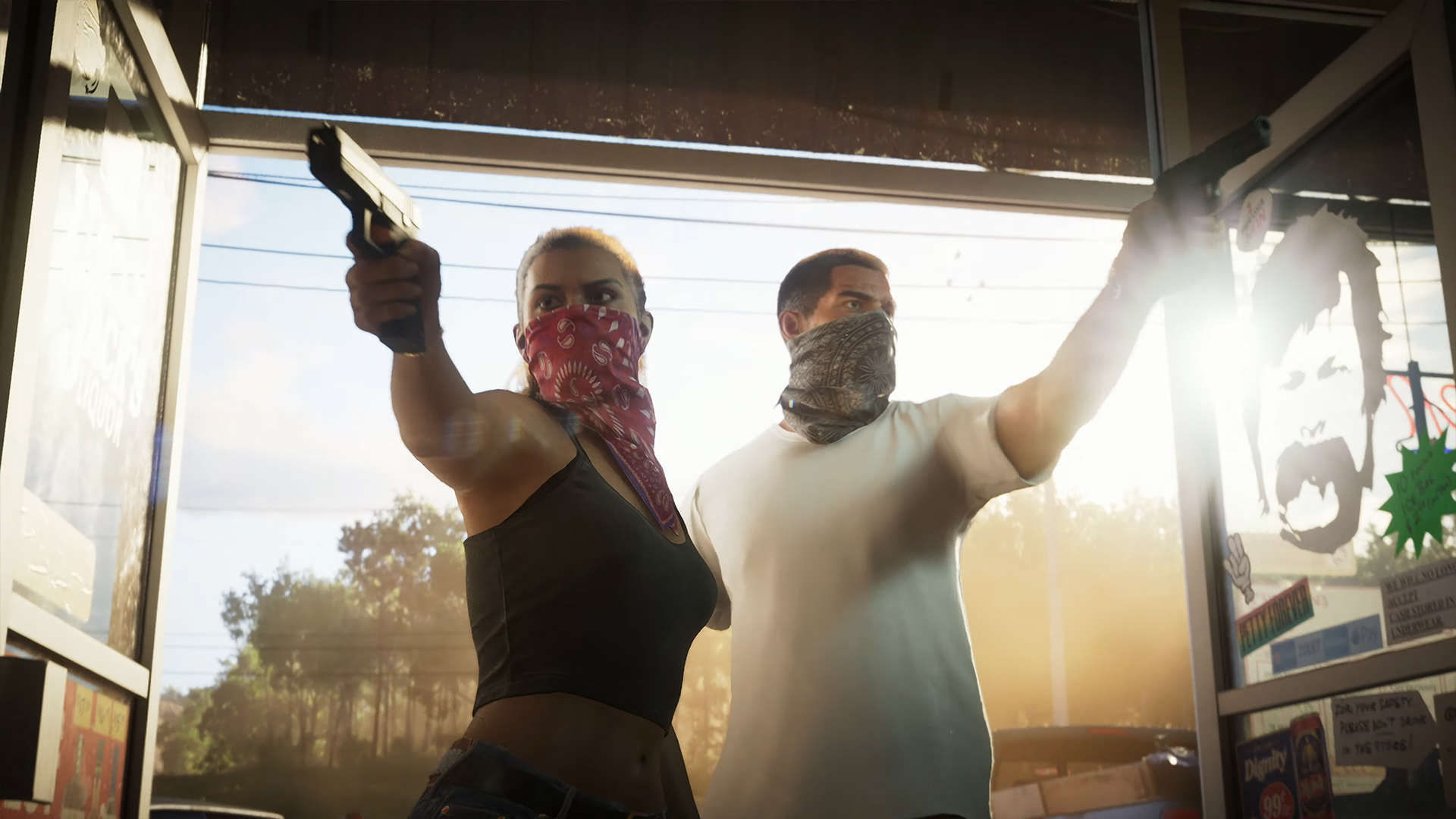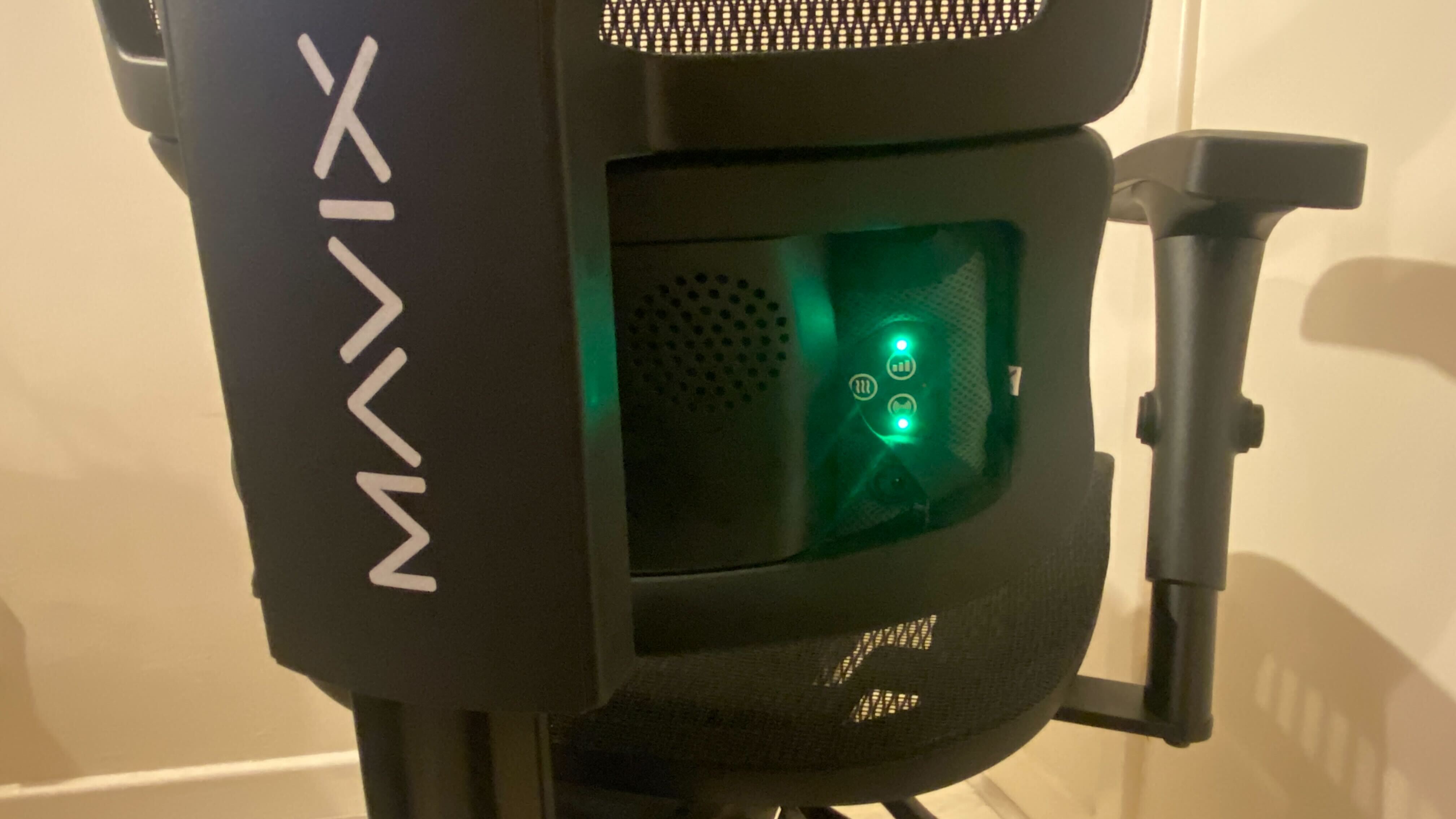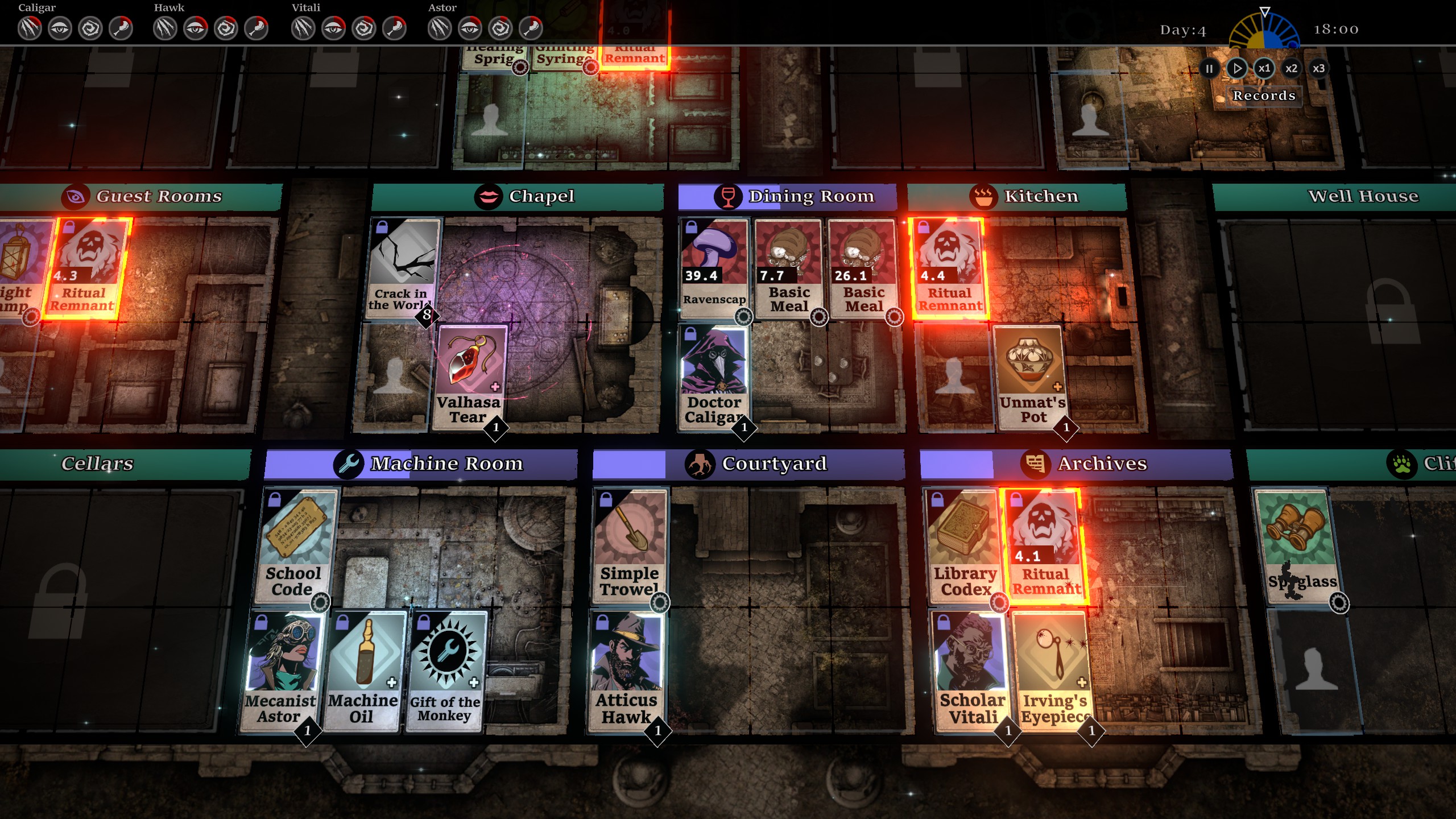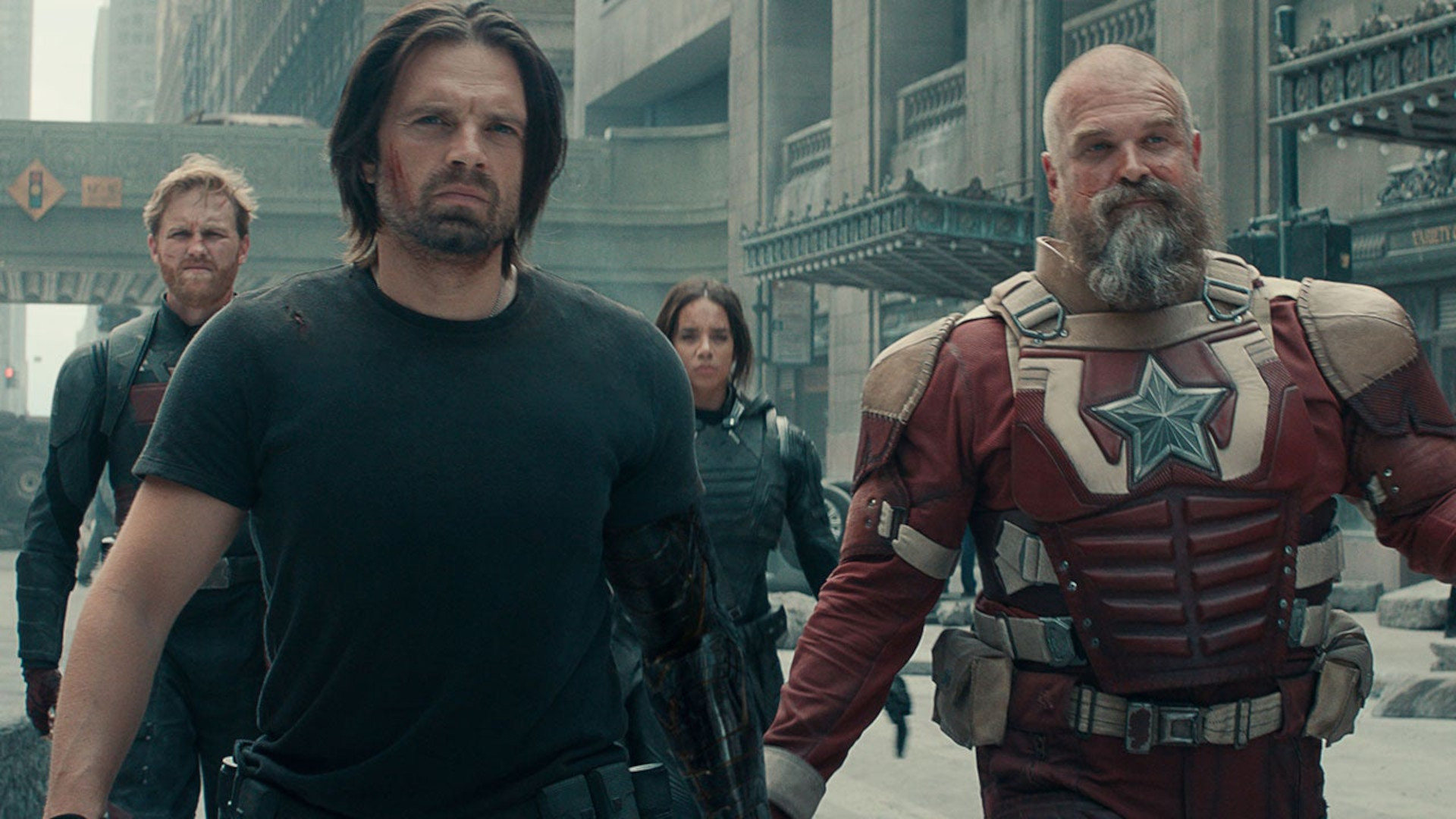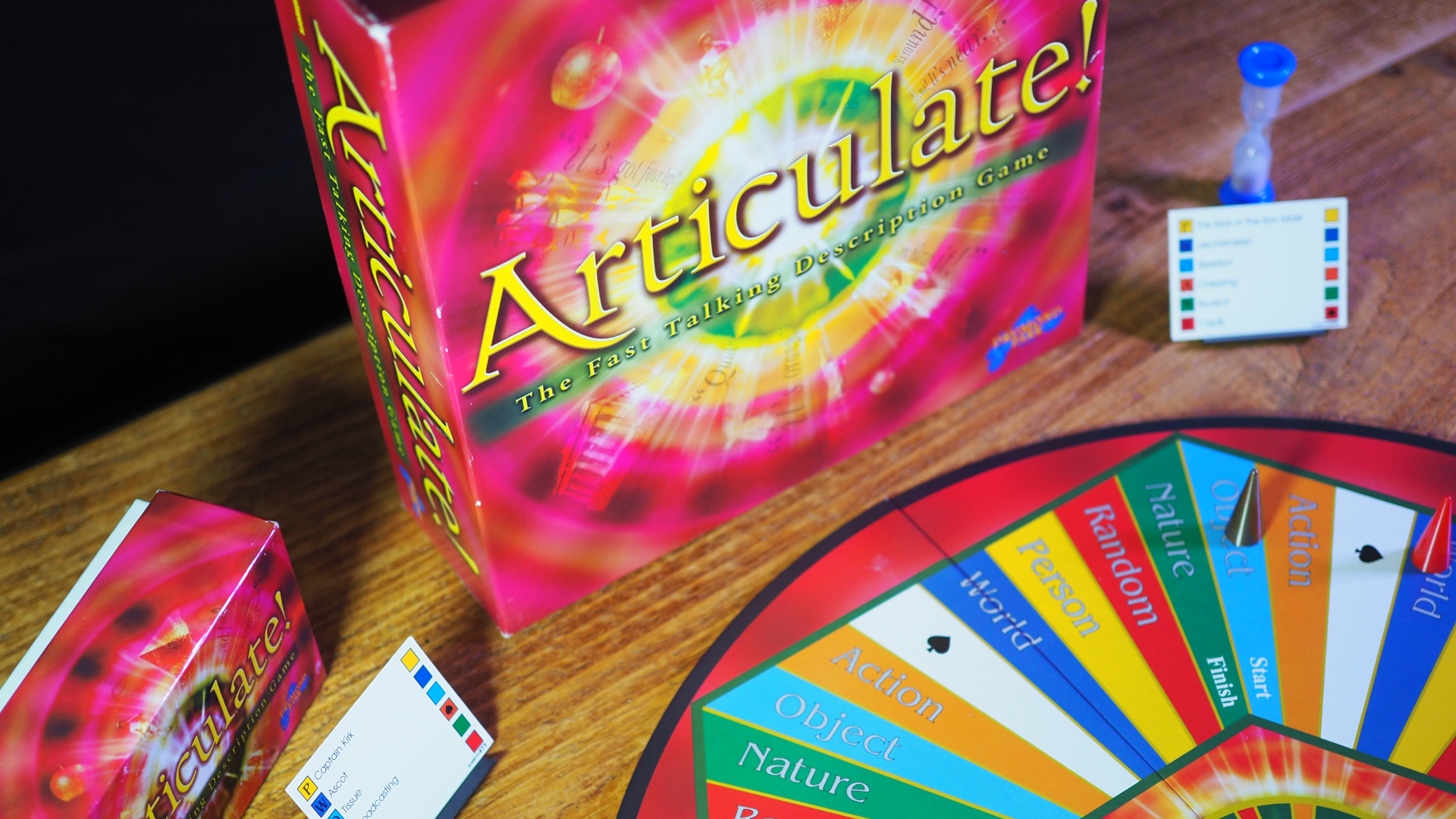When you purchase through links on our site, we may earn an affiliate commission.Heres how it works.
We’re going to pose a question to you all, and we want you to answer it honestly.
So of course Nintendo wouldn’t do that, it would be a ludicrous thing to do.

This feature originally appeared inRetro Gamer magazine.
DS not only changes Nintendo, it changes our industry."
Reactions to the new machine were mixed.
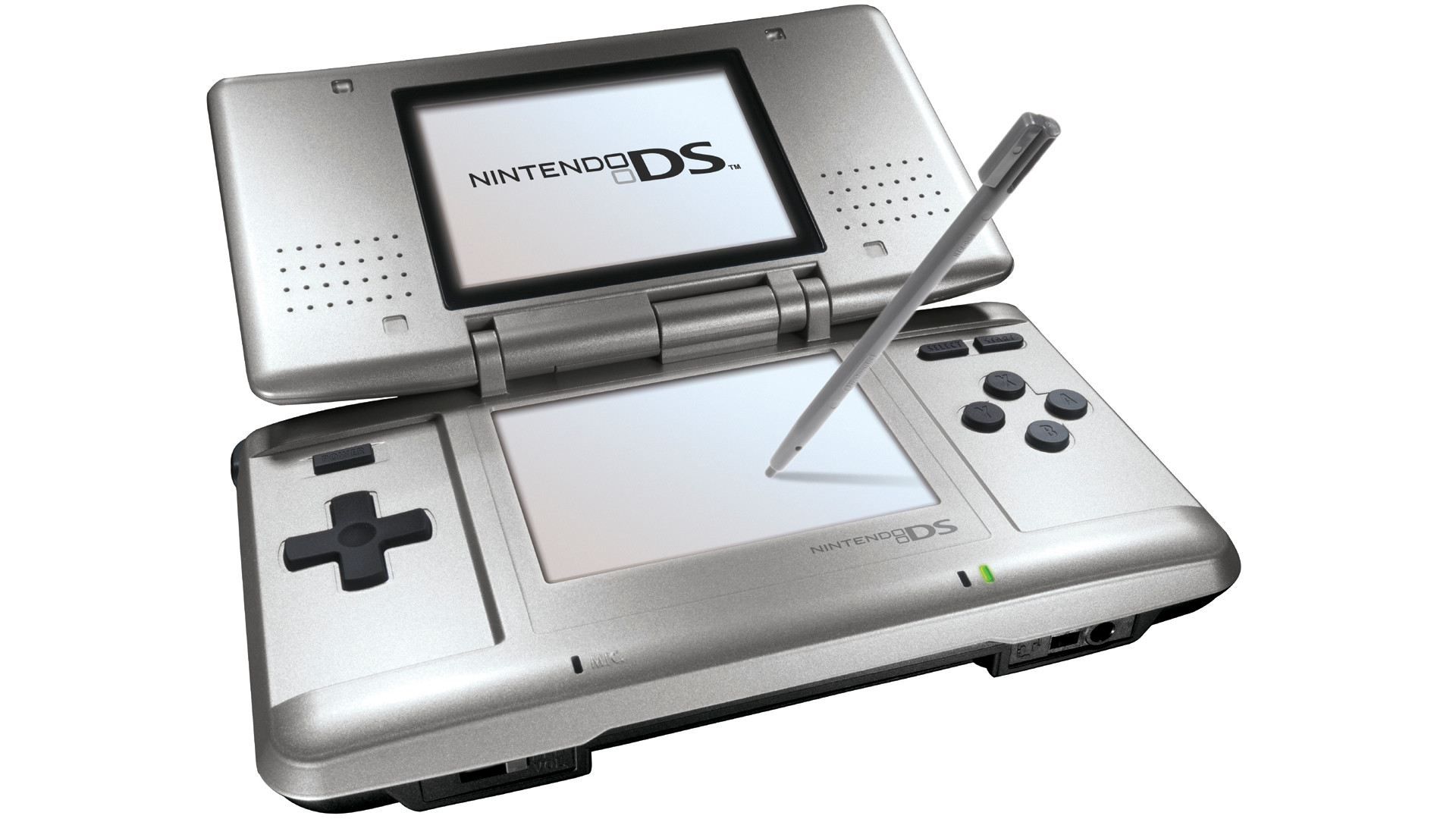
How did developers feel about it?
“When I first saw it there was a familiarity already.
There would be a jump for traditional console developers to think about using a second screen and touch.
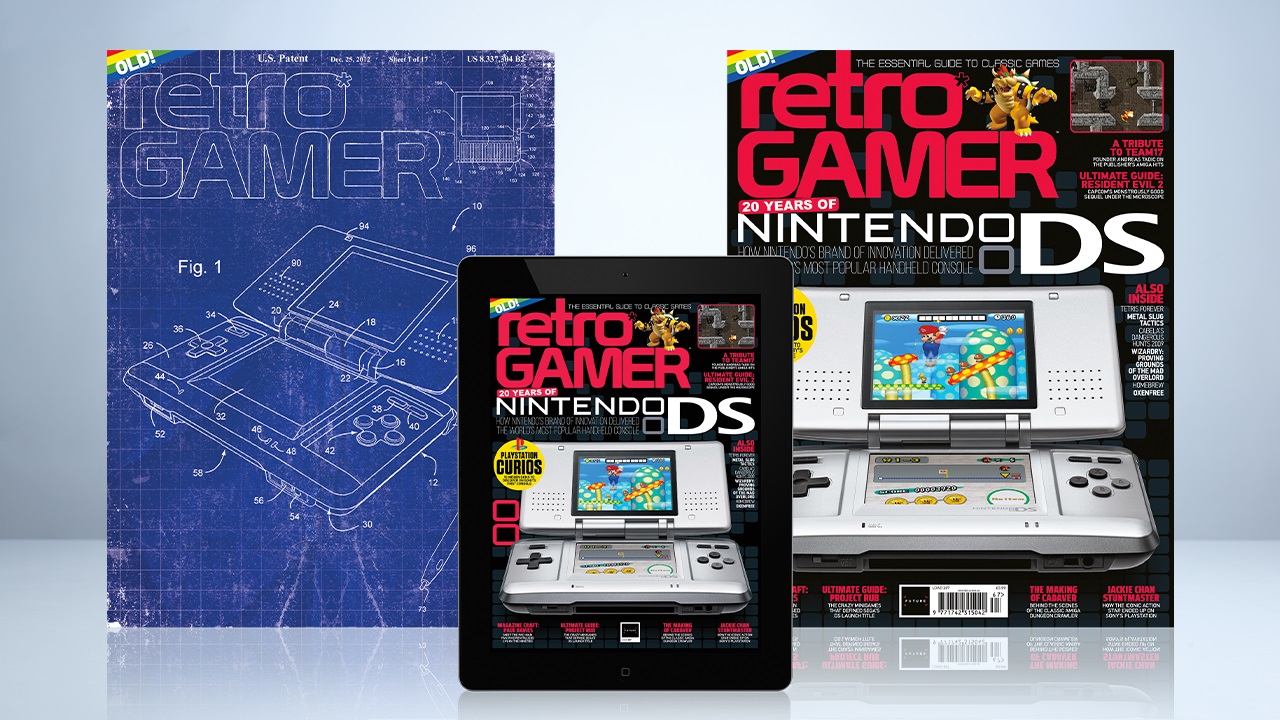
What of the claims that the DS would be a ‘third pillar’ of Nintendo’s hardware strategy?
“It was never going to happen, though, because it would’ve been nuts.
Why would a developer invest time in the GBA when you have the DS pushing things forward?
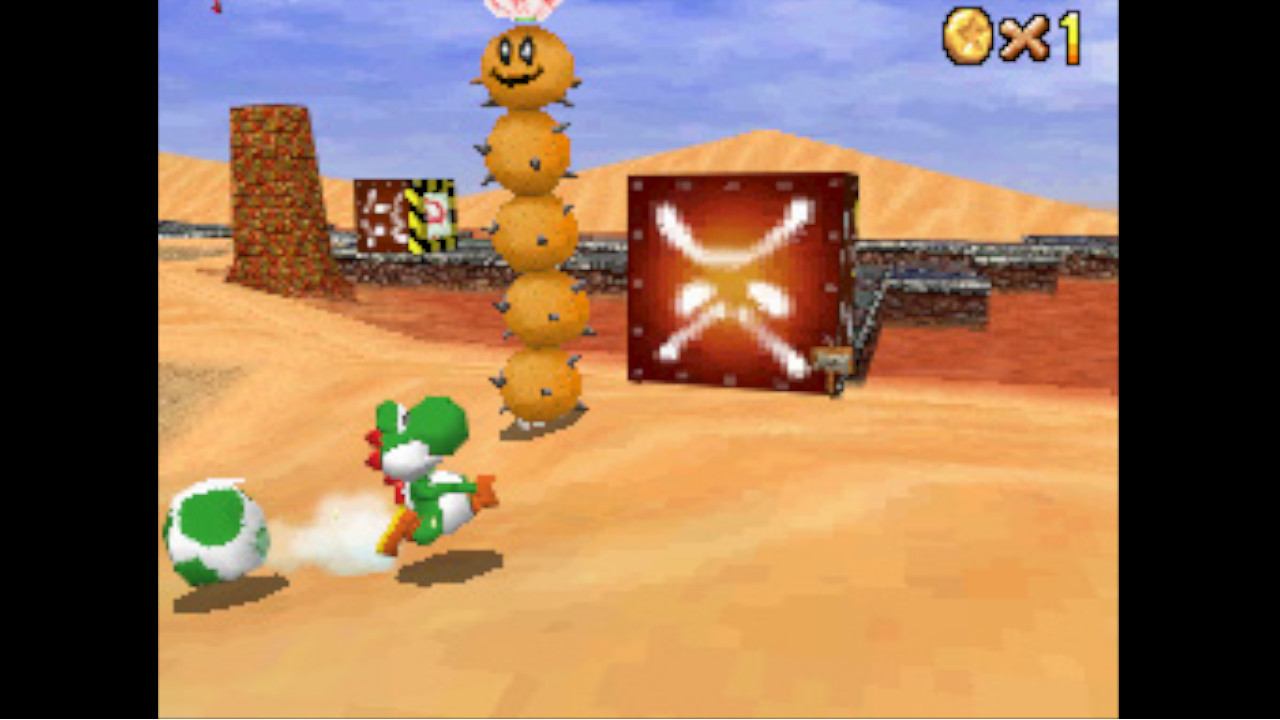
It also always makes sense to stride forward and leave the last iteration in the past.
There’s never a need to try and hedge your bets that way.
If you’re done, you’re done!”
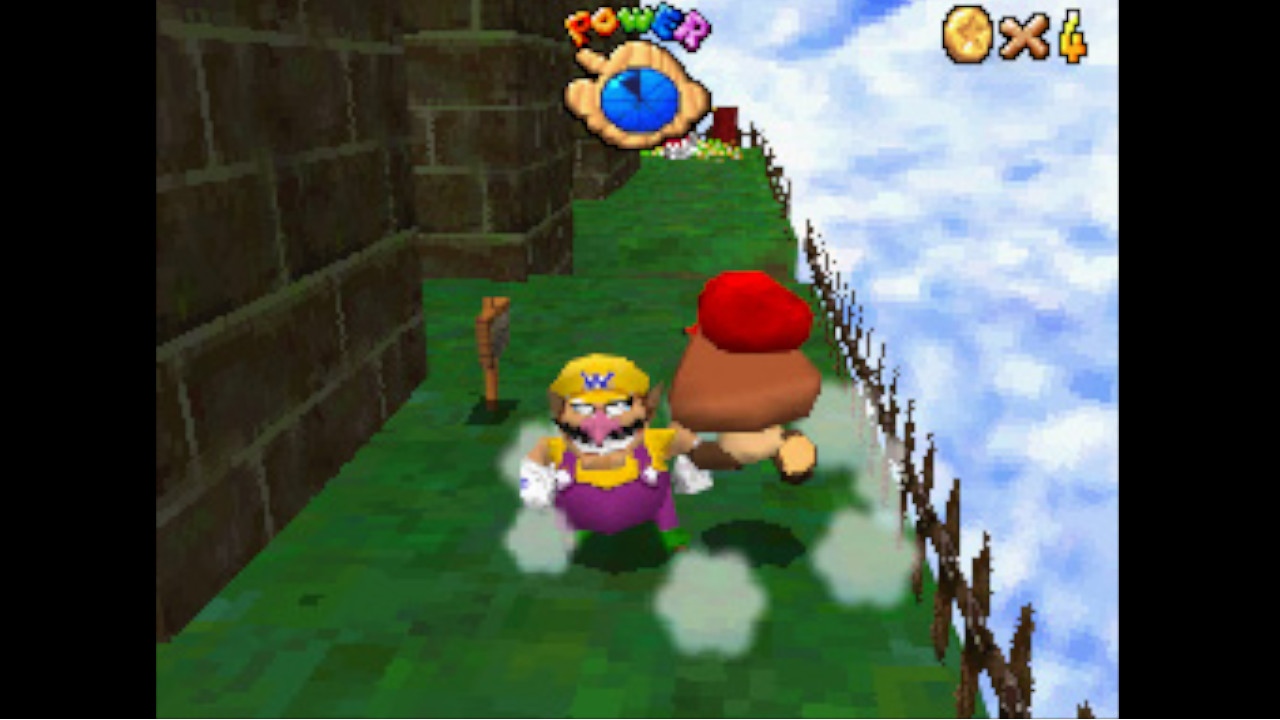
The Nintendo DS launched on 21 November 2004 in North America, followed by Japan on 2 December.
In 2005, Australia received the system on 24 February and Europe followed on 11 March.
The likes of Super Mario 64 DS and WarioWare: Touched!
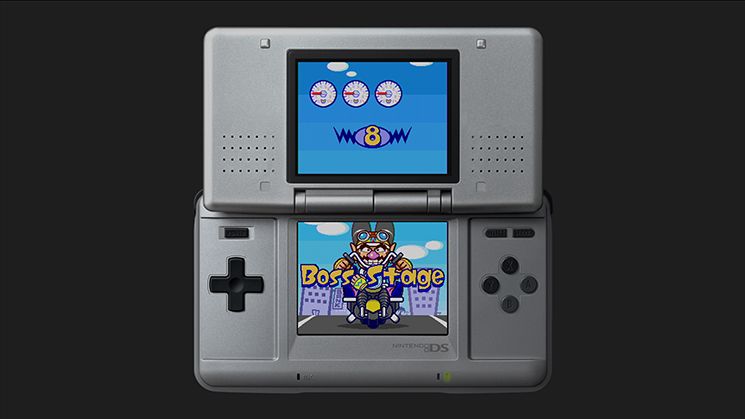
Launch day itself was hectic.
“The Gamestation I worked in was inside a Blockbuster Video store.
Harsh, I know, but demand was huge!”
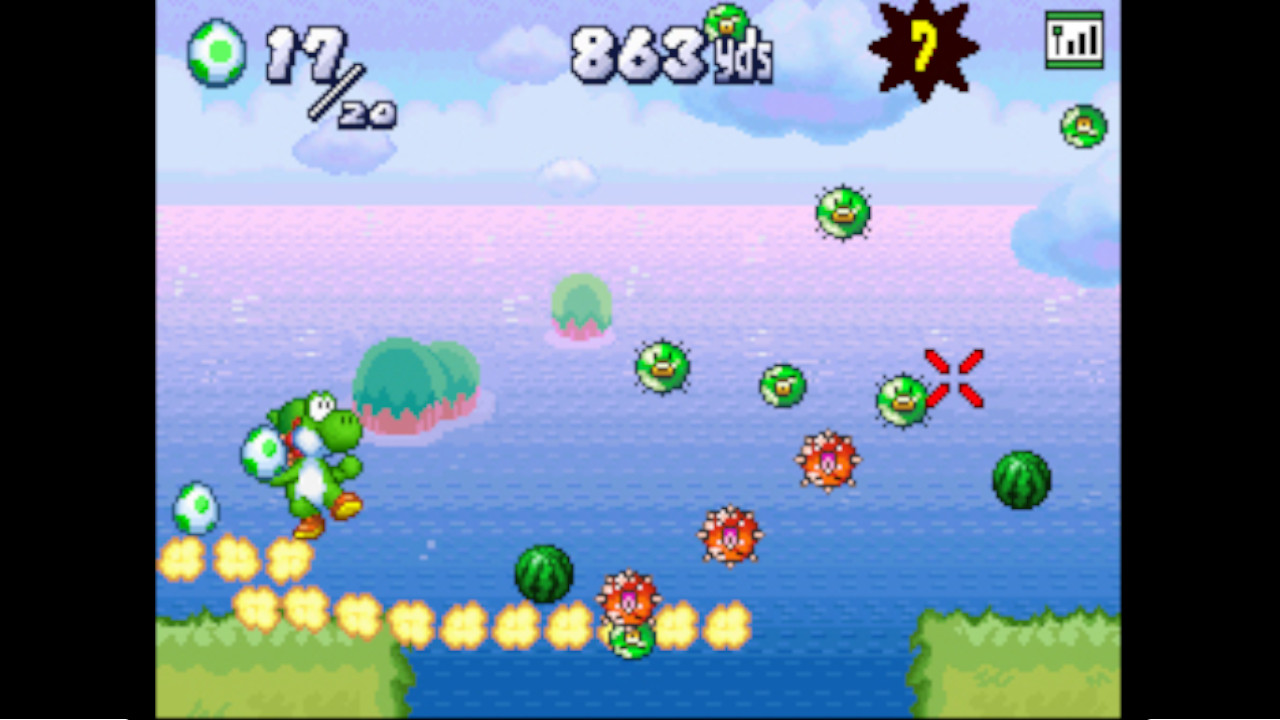
Simon agrees that some games came across that way, but quickly qualifies that.
“I don’t think I minded that, though.
It was the same for the Wii a few years later.
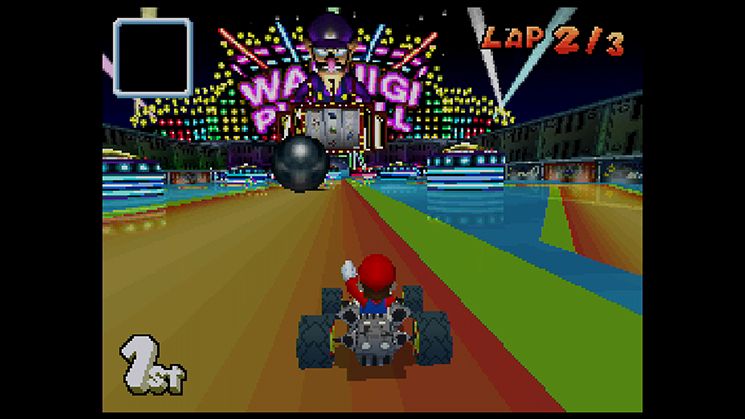
Reviewers saw very short experiences for 30 and dissuaded you on a ‘bang for your buck’ basis.
I yearn for interactions that feel this bespoke.
Fortunately, it was apparent that bigger things were around the corner at E3 in 2005.

“I thought this E3 was the time when the DS was truly born.
This proved to be somewhat prophetic on a number of fronts.
Then, there was Nintendogs.
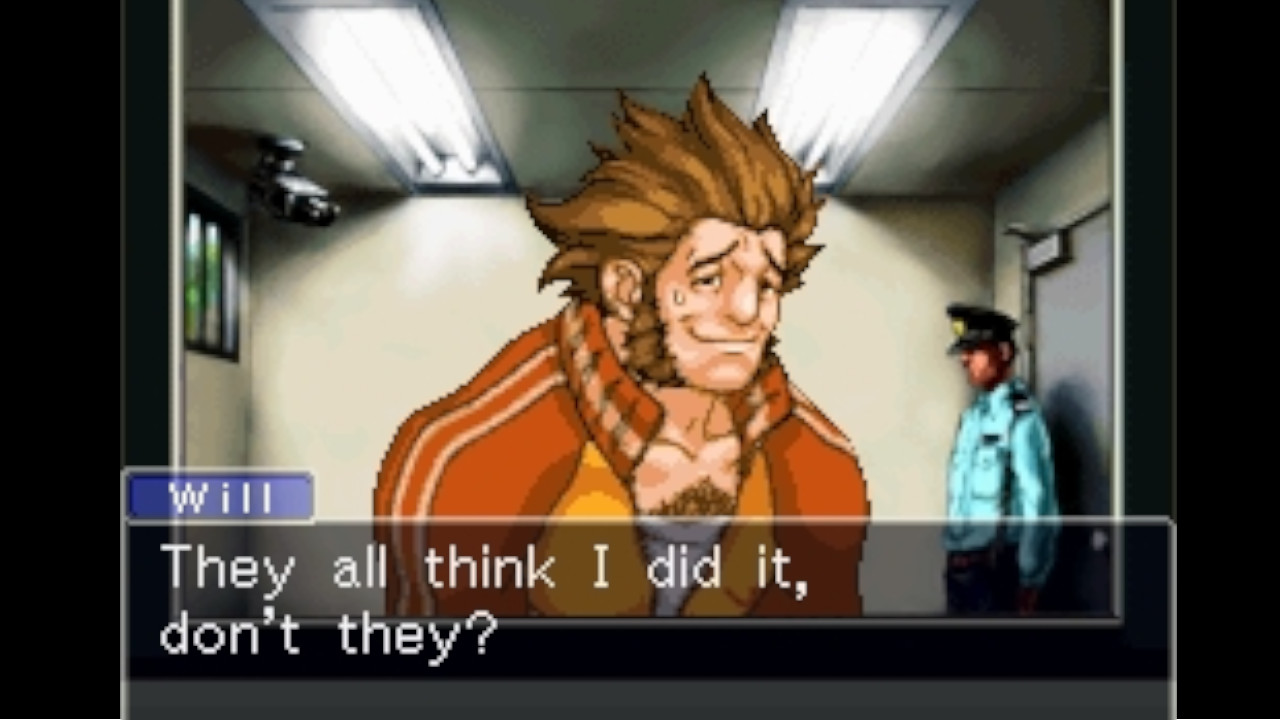
What a lovely use of the touch-screen holding it like a book!”
Why were those games able to succeed with audiences outside of the usual gaming demographics?
“I think it’s because of the hardware,” says Simon.
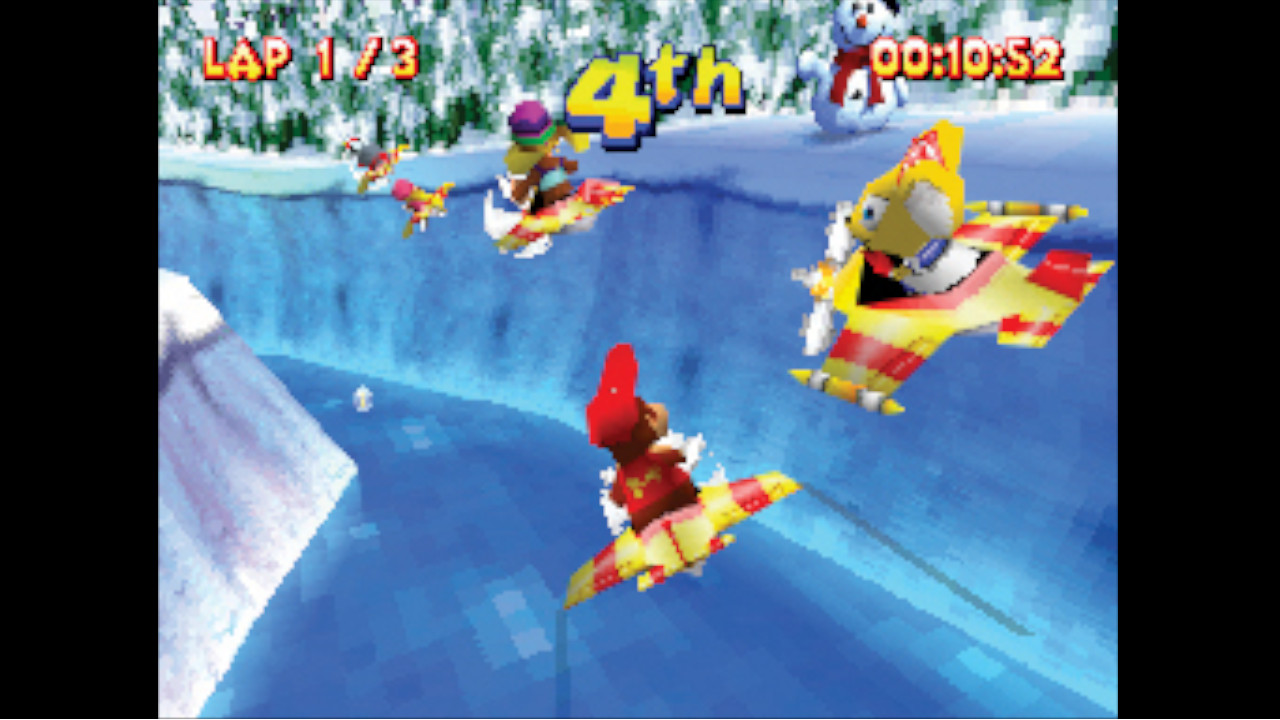
You’ve gotta get that down before anything else.
With the DS, just use the pen, essentially.”
Nintendo quickly sought to capitalise on its expanded audience in 2006.
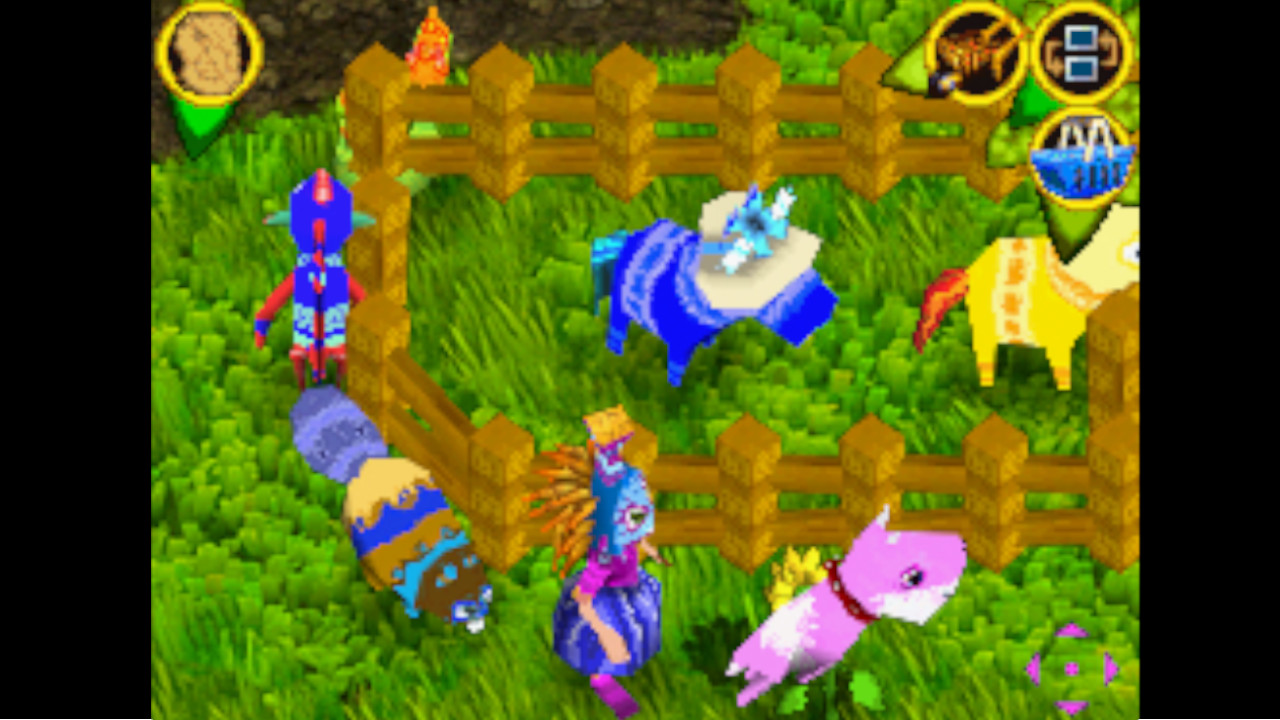
The new DS Lite refined the look of the console, and the Touch!
Generations branding was introduced to highlight games that offered a broad appeal and simple touch-screen controls.
Was it clear to Matthew that the DS was well on its way to becoming an enormous hit?
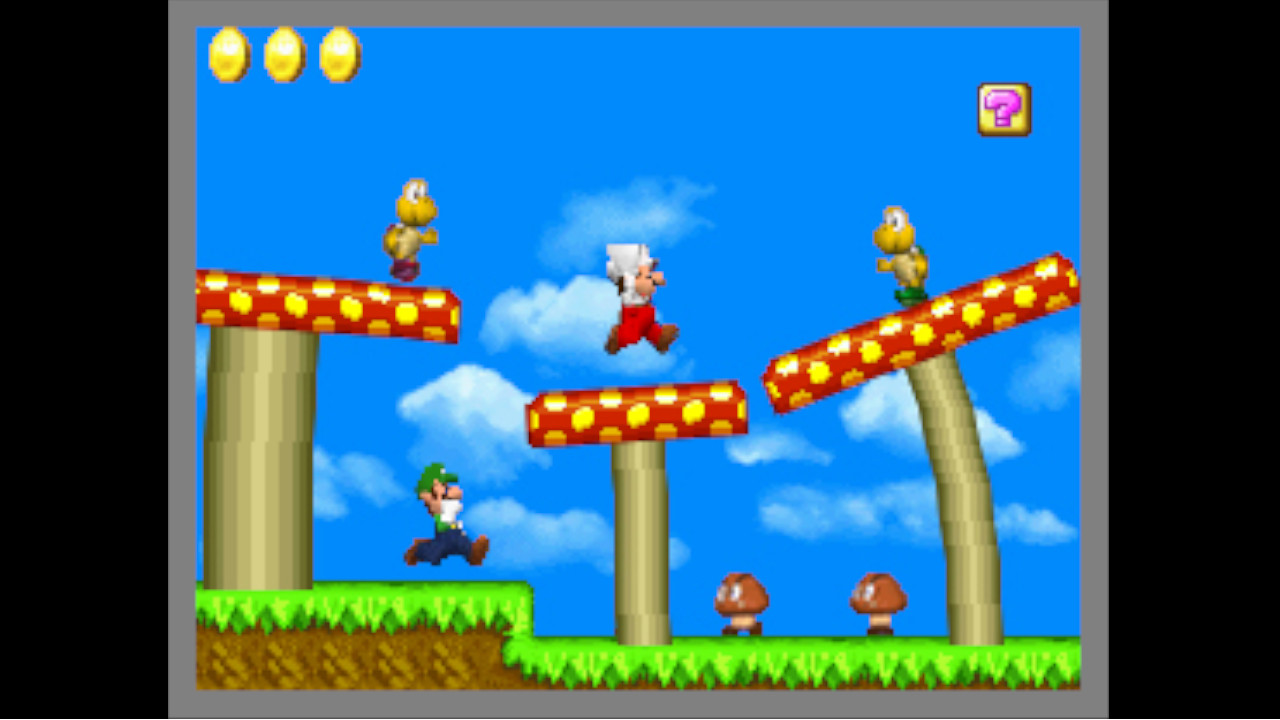
Capcom’s courtroom drama is an interesting game, because it’s a truly beloved DS game.
The DS soon became a platform with a hugely diverse range of games.
“I think publishers were navigating uncharted territory,” says Matthew.
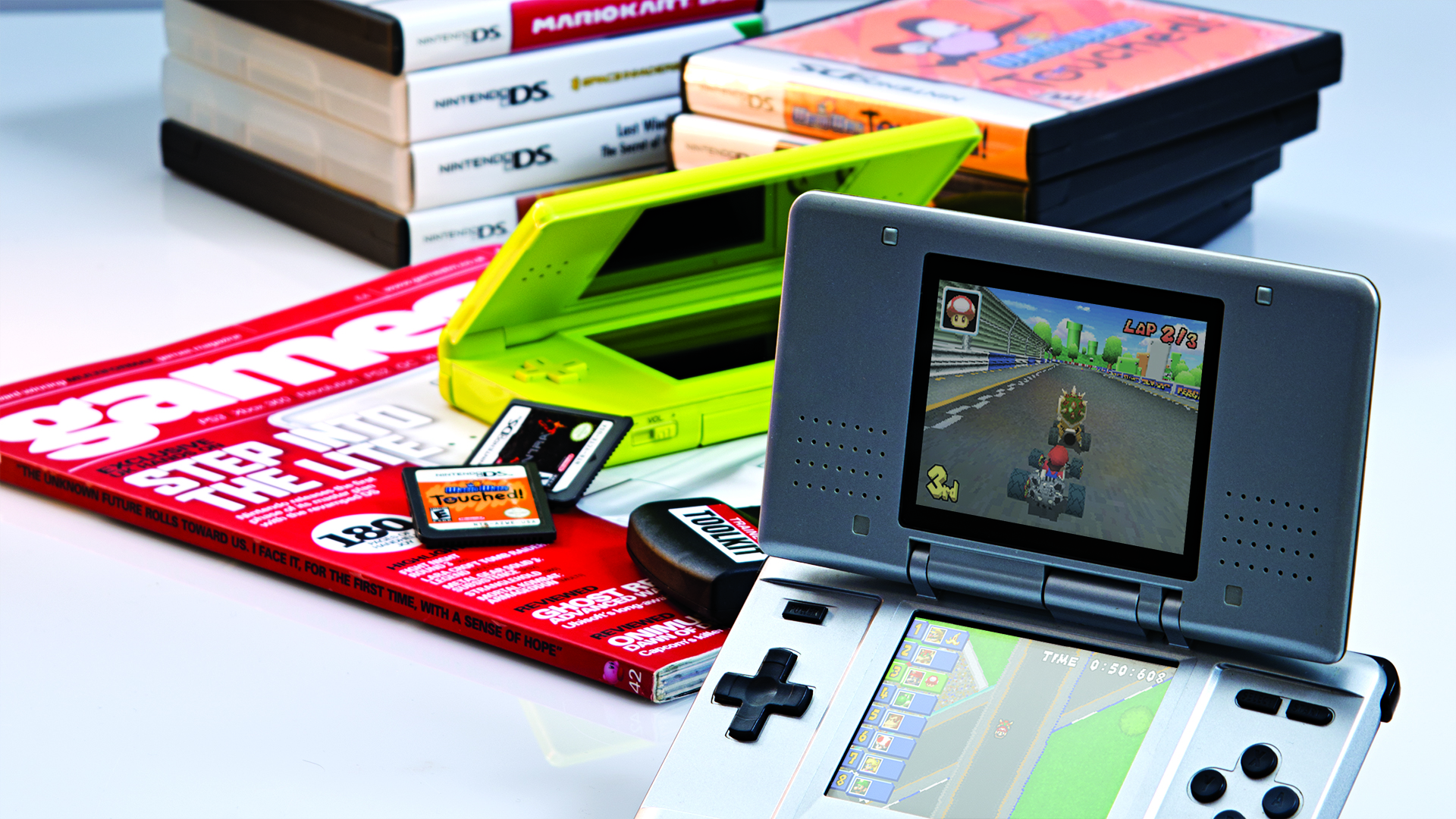
EA made an RPG, Zubo, about anthropomorphic drum people!
It was absolutely baffling, but good fun seeing people scrabble for a piece of the pie.”
Paul Machacek found himself working on the core end of the spectrum.
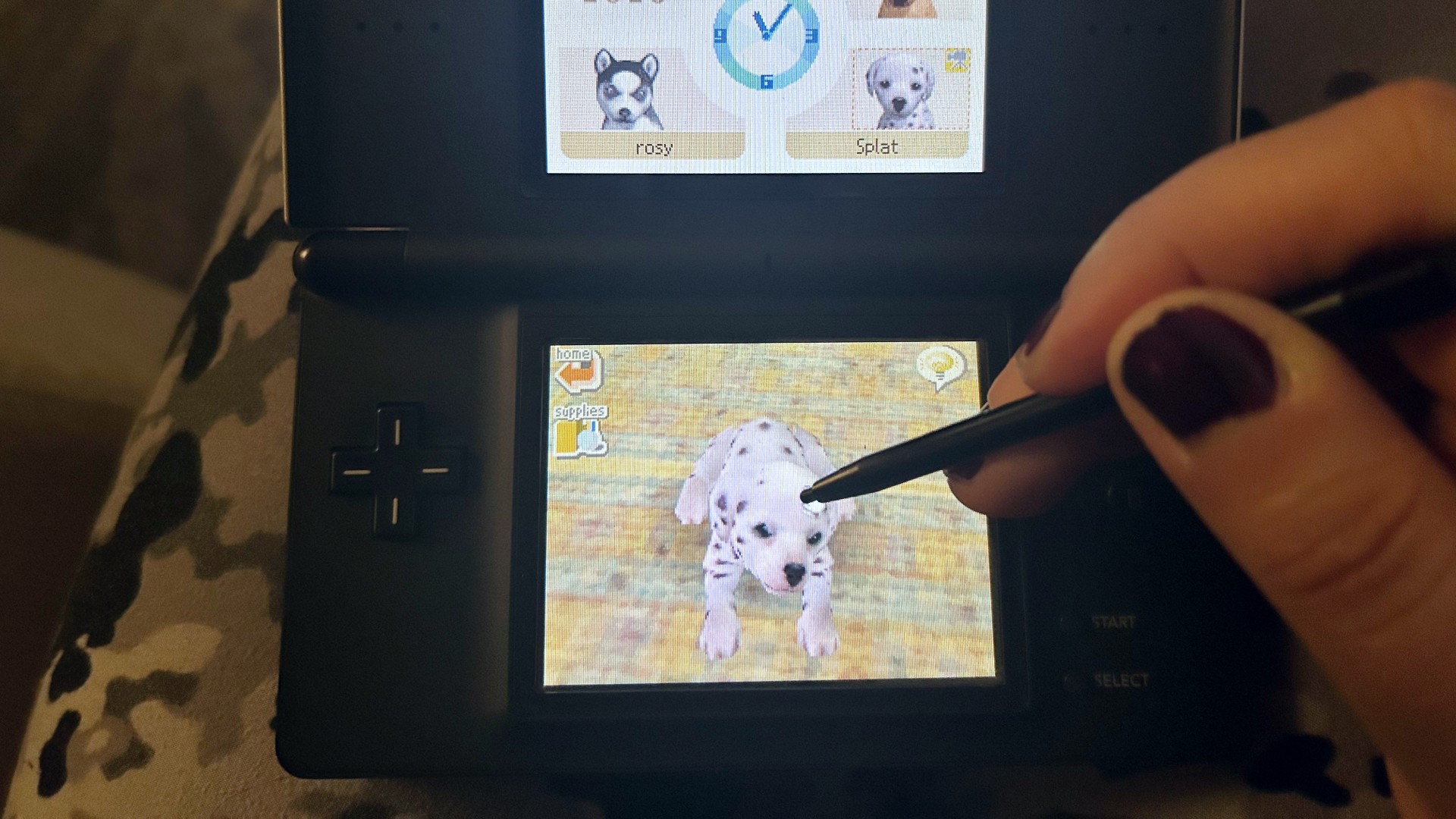
The idea of blowing into the microphone to get a turbo boost was a quick off-the-cuff idea.
“I suggested why don’t we allow players to draw their own track?”
“The big challenge was really what do we do about touch,” he remembers.
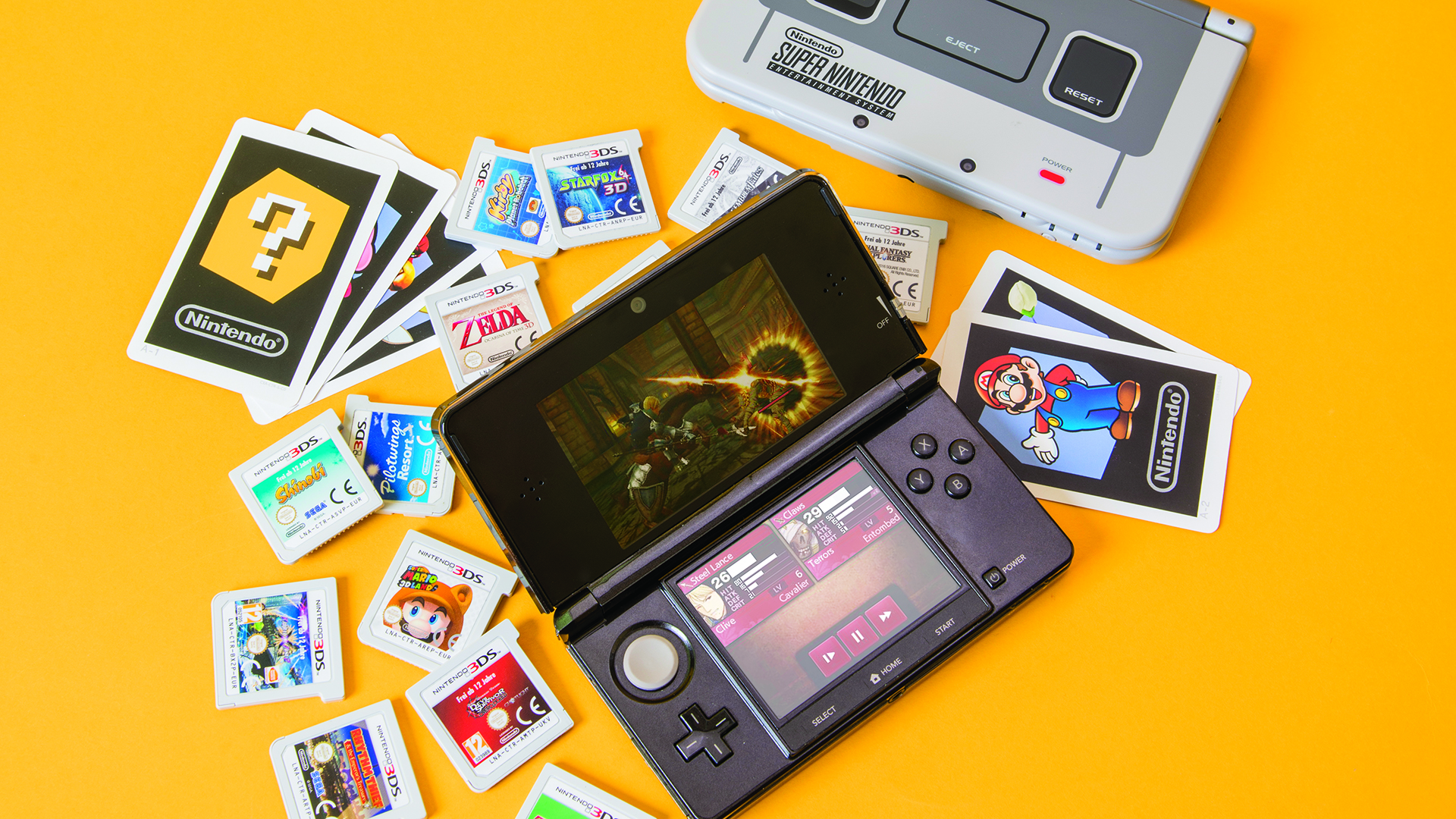
Paul’s idea stuck, and the team got to work.
“We hacked out the basics of this pretty quickly.
Viva Pinata: Pocket Paradise was an easier adaptation for the team at Rare.
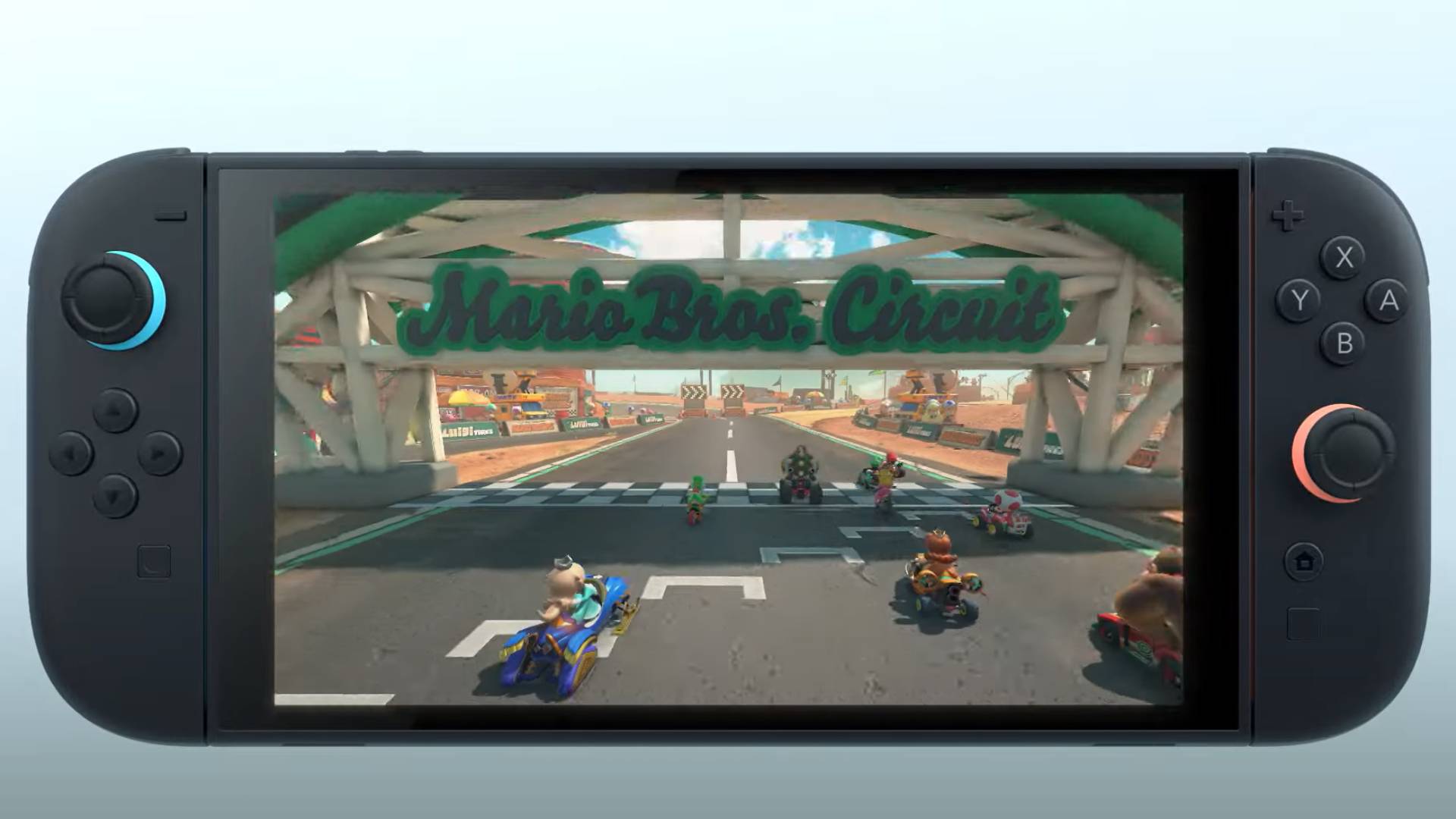
Paul Hughes remembers the challenges of trying to adapt multiplayer games for the unique hardware.
One game that Paul Hughes remains particularly proud of is Lego Star Wars: The Complete Saga.
The DS hit its commercial peak in 2008.

The ease of pick-up-and-play gaming was brought to the mainstream and Nintendo wanted everyone to be part of that.
And really, you still do have to touch it.
